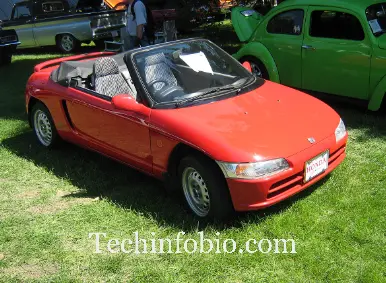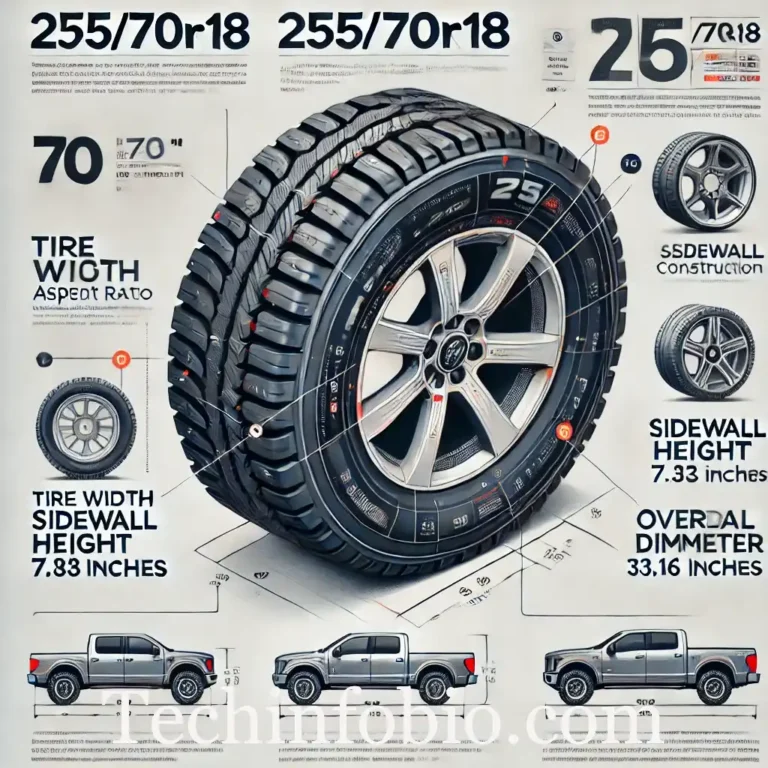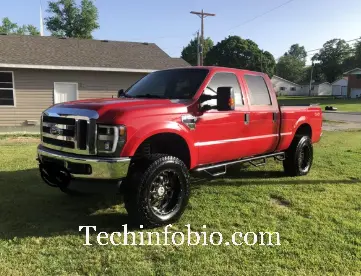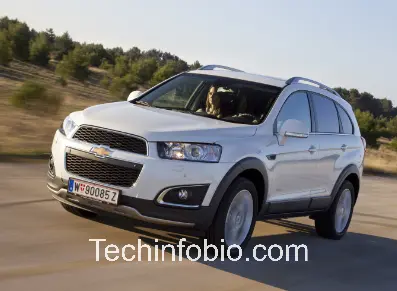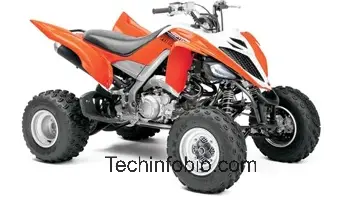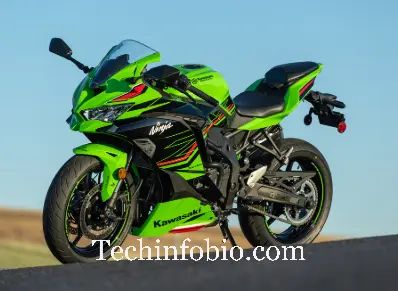Honda Beat: The Ultimate Guide to This Iconic Compact Car and Scooter
When you hear the name Honda Beat, you might think of either the iconic 1990s sports car or the popular scooter dominating Southeast Asian streets. Both versions of the Honda Beat have a cult following thanks to their affordability, reliability, and fun driving/riding experience.
In this detailed guide, we’ll cover both versions of the Honda Beat—the classic micro sports car and the versatile scooter. By the end of this blog, you’ll have a complete understanding of what makes these models unique, their features, specifications, pros and cons, and whether one might fit your needs.
Part 1: The Honda Beat Micro Sports Car (1991-1996)
A Blast from the Past
The Honda Beat is a compact, two-seater sports car manufactured by Honda from 1991 to 1996. It is part of the kei car category, which is a segment of small, lightweight vehicles popular in Japan. The Beat was designed to offer a thrilling driving experience while complying with Japan’s strict kei car regulations.
Key Specs:
- Engine: 656cc, inline-3, naturally aspirated
- Power Output: 63 horsepower at 8,100 RPM
- Transmission: 5-speed manual
- Drivetrain: Rear-wheel drive (RWD)
- Weight: 1,675 lbs (760 kg)
- Top Speed: Approximately 84 mph (135 km/h)
The Honda Beat was the last car that founder Soichiro Honda approved before he stepped down from the company, making it a piece of automotive history.
Design and Styling: A Timeless Classic
The Honda Beat is recognized for its stylish, compact design, sharp lines, round headlights, and distinctive, sporty appearance. The car’s small dimensions make it perfect for navigating tight urban streets, and its rear-wheel-drive setup ensures a fun and engaging driving experience.
Exterior Features:
- Convertible Soft Top: The Beat has a manually operated soft top, allowing for open-air driving.
- Alloy Wheels: 13-inch alloy wheels come as standard.
- Dual Exhausts: A sporty exhaust system enhances the Beat’s character.
- Aerodynamic Body: Designed for improved airflow and stability.
Despite its small size, the Honda B looks aggressive and sporty, appealing to those who appreciate classic roadsters.
Performance and Driving Experience
Don’t let the small engine size fool you—the Honda Beat is all about fun. Its high-revving engine is designed to hit a redline at 8,500 RPM, delivering a unique driving experience with a soundtrack enthusiasts love.
Handling and Agility:
- Rear-Wheel Drive: The RWD setup ensures excellent handling, making the Beat incredibly fun to drive around corners.
- Balanced Weight Distribution: With the engine positioned behind the driver, the Beat has near-perfect weight distribution.
- Lightweight Chassis: The low weight contributes to its agile handling and responsive steering.
This car is perfect for those who enjoy spirited driving, especially on twisty roads. Despite its modest power output, the Honda Beat feels fast due to its lightweight build and excellent handling dynamics.
Interior and Comfort
The interior of the Honda Beat is straightforward and focused on the driver. While it lacks the luxury features found in modern cars, it offers a simple, driver-centric cockpit that enhances the sporty experience.
Key Interior Features:
- Bucket Seats: Supportive and comfortable for spirited driving.
- Analog Gauges: Classic dials for speed and RPM, giving it a retro feel.
- Air Conditioning: Optional, depending on the model.
- Limited Storage: The compact design means limited trunk space but enough for weekend getaways.
The Honda Beat is not about luxury; it’s about driving enjoyment. It’s ideal for those who want a pure, back-to-basics sports car experience.
You May Like to Read : https://techinfobio.com/yamaha-raptor-700r/
Pros and Cons of the Honda Beat Micro Sports Car
Pros
- Fun-to-Drive: Excellent handling and sporty feel.
- Iconic Design: A timeless look that still turns heads.
- Affordable Classic: Relatively inexpensive to buy and maintain.
- Excellent Fuel Economy: Low fuel consumption makes it affordable to run.
Cons
- Limited Space: Only two seats and minimal cargo space.
- Not Practical for Families: Best suited as a weekend car or for single drivers.
- Age-Related Issues: As a 90s car, it may require extra maintenance due to wear and tear.
Part 2: The Honda Beat Scooter
The Honda Beat scooter is a popular model in Southeast Asia, known for its practicality, fuel efficiency, and affordability. It’s an excellent choice for those who need a reliable and economical mode of transportation for city commuting.
Key Specs:
- Engine: 110cc, air-cooled, single-cylinder, 4-stroke
- Power Output: 8.7 horsepower at 7,500 RPM
- Transmission: CVT (Continuously Variable Transmission)
- Fuel Efficiency: Approximately 55-60 km/l (130-140 mpg)
- Weight: 99 kg (218 lbs)
- Fuel Tank Capacity: 4 litres (1.06 gallons)
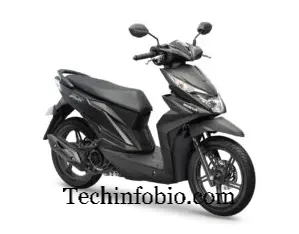
Design and Styling: Modern and Practical
The Honda Beat scooter has a sleek, modern design that appeals to many riders. It’s lightweight and compact, making it easy to manoeuvre in heavy traffic. Its sporty styling is complemented by vibrant colour options, making it a favourite among younger riders.
Key Design Features:
- LED Headlights: Bright and energy-efficient, providing better visibility at night.
- Digital Display: Includes a speedometer, fuel gauge, and trip meter.
- Under-Seat Storage: Spacious enough to fit a small helmet or groceries.
- Stylish Graphics: Adds a youthful and dynamic touch to the scooter’s appearance.
Engine Performance and Fuel Economy
The 110cc single-cylinder engine is tuned for efficiency rather than speed, making it perfect for everyday commuting. Its CVT transmission ensures smooth acceleration and easy handling, even for beginner riders.
Performance Highlights:
- Fuel Efficiency: The Honda Beat is one of the most economical scooters on the market, with an impressive fuel economy of up to 140 mpg.
- Low Emissions: Meets stringent emissions standards, making it an eco-friendly option.
- Smooth Ride: The CVT transmission provides seamless power delivery, which is ideal for stop-and-go traffic.
Comfort and Convenience
Designed for city commuting, the Honda Beat scooter focuses on rider comfort and convenience.
Key Comfort Features:
- Comfortable Seat: Padded seat with enough space for two passengers.
- Lightweight Frame: Easy to handle, even in congested traffic.
- Electric Starter: Ensures quick and hassle-free starting.
- Safety Features: Equipped with CBS (Combined Braking System) for enhanced safety.
With its lightweight design and user-friendly features, the Honda Beat scooter is perfect for quickly navigating urban environments.
Pros and Cons of the Honda Beat Scooter
Pros
- Fuel-Efficient: Low fuel consumption makes it a budget-friendly choice.
- Easy to Ride: Lightweight and easy to manoeuvre, perfect for beginners.
- Low Maintenance Costs: Reliable and durable with minimal maintenance required.
- Great for City Commuting: Compact size makes it ideal for congested streets.
Cons
- Limited Speed: Not suitable for highways or long-distance travel.
- Basic Features: Lacks advanced tech features found in higher-end scooters.
- Small Fuel Tank: Limited range may require frequent refuelling.
FAQs
Is the Honda Beat car still available?
No, the Honda Beat car was discontinued in 1996. However, used models in good condition can still be found, especially in Japan and some export markets.
How much does a Honda Beat scooter cost?
The price of a new Honda Beat scooter varies by region but typically ranges between $1,000 and $1,500 USD, depending on the market and dealer promotions.
Can the Honda Beat scooter handle long-distance rides?
While it’s primarily designed for city commuting, the Honda Beat can handle short trips. However, its smaller engine and limited top speed may not suit highways.
Conclusion
Both versions of the Honda Beat have their unique advantages, depending on your needs:
- Honda Beat Micro Sports Car: This is perfect for car enthusiasts who want a fun, compact sports car with retro charm. It’s an excellent choice for weekend drives or as a collectable classic.
- Honda Beat Scooter: This scooter is ideal for city dwellers who need an economical and reliable mode of transportation. It’s lightweight, fuel-efficient, and easy to ride, making it a fantastic choice for commuters.
